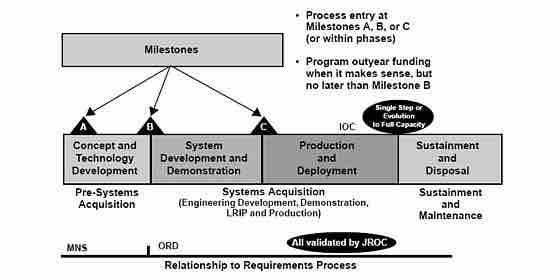Purchasing is the formal process of buying goods and services. Purchasing managers/directors, and procurement managers/directors, guide the organization's acquisition procedures and standards. The purchasing process can vary from one organization to another but usually involves certain key elements.
Most organizations use a three-way check as the foundation of their purchasing programs. This involves three departments in the organization, each of which completes a different part of the acquisition process. The three departments do not report to the same senior manager, which prevents unethical practices and lends credibility to the process. These departments may be designated as any of the following: purchasing, receiving, accounts payable or engineering, purchasing and accounts payable, or plant management. Combinations vary significantly, but a purchasing department and accounts payable are usually two of the three departments involved.
The purchasing process typically starts with a demand or specific requirements for a physical part (inventory) or a service. A requisition detailing the requirements is generated (and in some cases provides a requirements speciation) and passed to the procurement department. A Request for Proposal (RFP) or Request for Quotation (RFQ) is then produced. Suppliers respond to the RFQ with quotes, and a review is undertaken in order to determine the best offer (a judgment based on price, availability, and quality) and issue the purchase order.
Purchase orders (POs) can be of various types:
- Standard: a one time buy
- Planned: an agreement on a specific item at an approximate date
- Blanket: an agreement on specific terms and conditions (date and quantity and amount are not specified)
POs are normally accompanied by terms and conditions, which represent the contractual agreement of the transaction. The supplier delivers the product and/or service and the customer records the delivery (in some cases, the delivery is accompanied by a goods inspection process). The supplier then issues an invoice that is cross-checked with the purchase order and the record of the product and/or service received. Finally, payment is made.
Successful supply chain management requires an effective shift from the management of individual functions to the integration of activities, such as purchasing, into key supply chain processes. For instance, a purchasing department will place orders as requirements become known.

Acquisition Process
Model of the acquisition process for major systems in industry and defense: The process is defined by a series of phases, during which technology is defined and matured into viable concepts, which are subsequently developed and prepared for production.